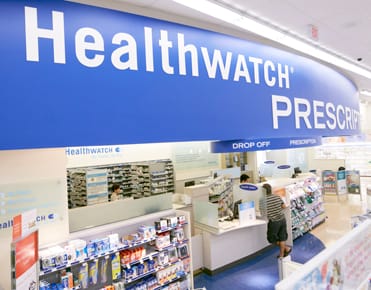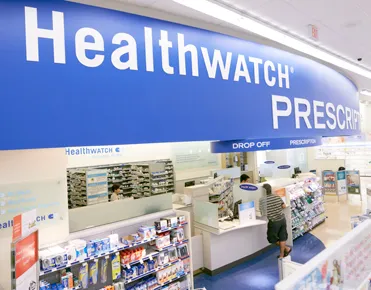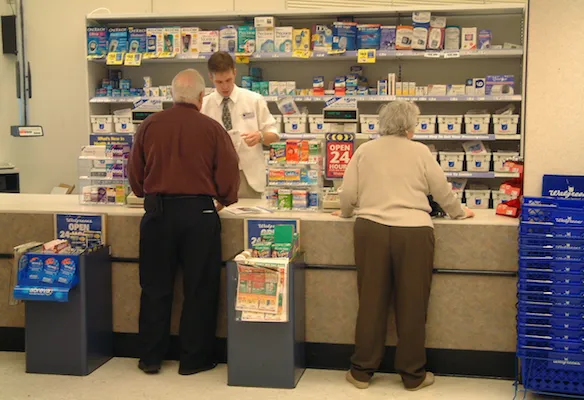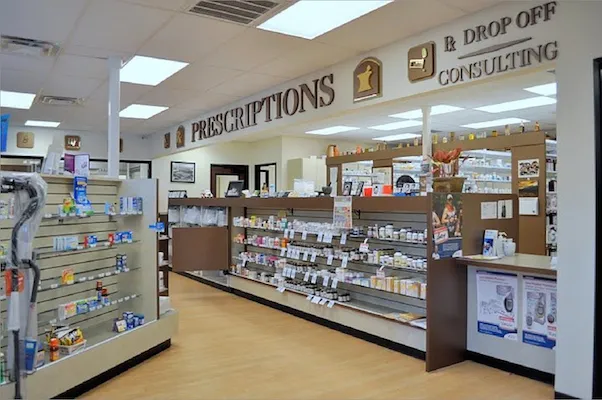While many Americans are bewildered over the future of their health and pharmacy benefits, the call for universal drug coverage has been sounded in Canada.
Earlier this month, the Canadian Pharmacists Association (CPhA) presented a plan — dubbed PharmAccord — that it said would enable governments to provide universal drug coverage to all Canadians, ensure comprehensive access to medications nationwide and leverage pharmacist care to improve patient health outcomes.
“As pharmacists, we strive to ensure that every patient who walks through our door will have access to the drugs they need, when they need it,” commented CPhA chairman Alistair Bursey. “However, 10% to 15% of Canadians currently have either no insurance or insufficient insurance to afford their medications. This is unacceptable in a country as prosperous as Canada.”

The Canadian government recently agreed to a health accord that provides investments for provinces and territories to improve health outcomes in specific areas. Pharmacists think the next accord should provide federal investments to support better drug coverage for Canadians as well as address the unique needs of citizens in each province and territory, CPhA said.
“Forcing Canadians to choose between paying for their prescriptions and [electric bills] is not the Canadian way,” Bursey stated. “We need to build on the success of existing drug plans to provide Canadians with complete coverage in a manner that is affordable to government.”
The PharmAccord presented by CPhA calls for governments to provide full drug coverage to Canadians; harmonize catastrophic drug coverage; develop a minimum comprehensive national drug formulary; and ensure the drug system is affordable and sustainable.
Importantly, the plan also seeks greater use of the experience and knowledge of pharmacists to provide improved care to patients, at a lower expense to governments.
“Cost should never be a factor for a Canadian seeking a life-saving drug therapy,” stated CPhA chief executive officer Perry Eisenschmid. “Leveraging the knowledge and experience of Canada’s pharmacists, Canadians can have access to universal drug coverage by government adoption and implementation of a five-pillar PharmAccord.”
A significant number of Canadians, meanwhile, have fallen through the gaps in prescription drug coverage.
The Conference Board of Canada reported this month that about 4.1 million Canadians aren’t enrolled for public or private drug coverage, even though 34 million, or 95%, are eligible for some form of pharmacy benefits.
“While prescription drug coverage across the country varies from one province to the next, most Canadians are eligible for either public or private coverage, making the uninsured gap very small,” said Thy Dinh, director of health economics and policy at the Conference Board. “Where the gaps in prescription drug coverage may exist in Canada are among those who are not accessing insurance coverage programs when they need them and are eligible. The reasons might include a lack of awareness of their eligibility or out-of-pocket costs.”
About 5% of Canada’s population, or 1.9 million people, aren’t eligible for enrollment in a public or private plan. Ontario residents represent a sizable chunk of Canadians without insurance coverage, with just over 13% of the province’s population considered uninsured. However, the Conference Board of Canada noted that once the expanded Ontario Health Insurance Program comes into effect in January 2018, an estimated 1.2 million Ontarians under the age of 24 currently lacking coverage will become eligible for public coverage, which is expected to lower the province’s uninsured population to 4% and Canada’s uninsured population to 1.8%.









